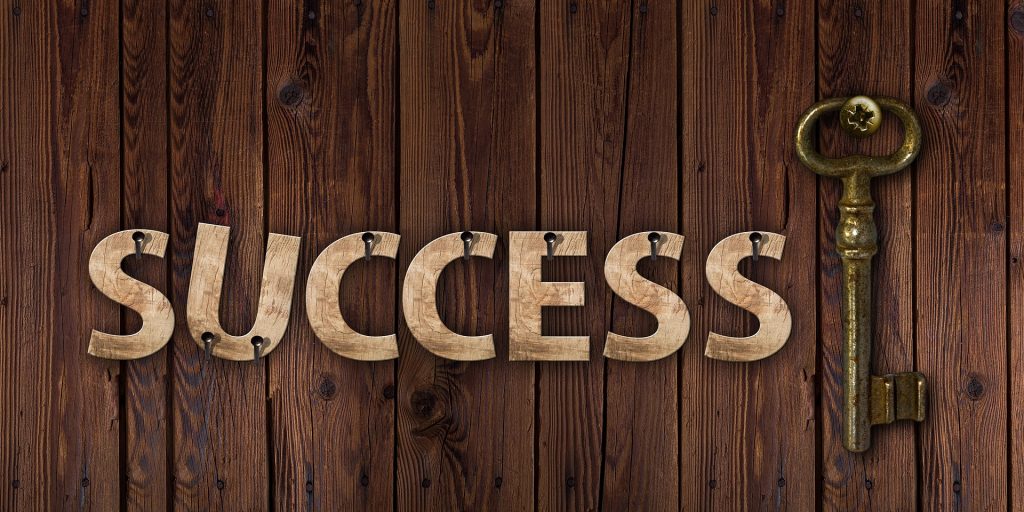
You’ve succeeded at some things, failed at others, made people laugh, cry, angry, happy, sad, encouraged, inspired, and frustrated.
You have a story that the world needs to hear.
[Tweet “You have a story that the world needs to hear.”]
Unfortunately, most people fail to harness the power of the greatest asset at their disposal—their story.
Most People Never Realize The Power of Their Stories
Your story is what draws other people to you.
Your story helps you find common ground.
But if you don’t know how to tell your story, you miss out on that connection.
That can cost you profitable relationships, lost sales revenue, and an empty sales pipeline.
You’ll struggle to make the kind of money you deserve to make.
You’ll miss out on opportunities to 100X your success.
But here’s the good news…

Your Story Is Your Secret Weapon.
No one else has your story, so when you learn to leverage it, it can become a powerful sales tool.
Don’t underestimate its power.
A story is a way to say something that can’t be said any other way. – Flannery O’Connor
For one thing, your story gives your customers the gift of clarity.
Without clarity, you get confusion.
And when people are confused, they don’t act.
When they don’t act, you don’t sell.
Confusion Produces Hesitation, But Clarity Produces Action
Hesitation is all most people need to keep moving and not hear more about how your idea, product, or service can help solve their problems.
But getting them to take action means you waste less time chasing people who are suspects, not prospects.
So how do you leverage your story to achieve breakthrough business success?
- Know Your Story
- Connect Your Story
- Tell Your Story
Know Your Story
You could say that telling a story is the pretext for getting together in a personal way. – Nancy Rambusch
You have a wealth of life experiences—both successes and failures—that you can draw from to make your story stand out.
And everyone loves a good story.
For example, are you trying to sell services to entrepreneurs?
Your own failure in business can be told in a way that illustrates the need for your services.
Are you wanting to build an audience that helps families?
Start by sharing your own family struggles.
Consider making your story part of a book you can use to establish your credibility as a key person of influence in your industry.
When I published Act Now: How I Turn Ideas into Million Dollar Products, I shared my own struggles as an aspiring entrepreneur and salesperson.
The book got the attention of producer Mark Burnett and helped earn me a spot as an original “shark” on the hit TV show Shark Tank.
When people connect with your story there’s no telling where it will take you.
Connect Your Story with the Marketplace Needs
Storytelling is the most powerful way to put ideas into the world. – Robert McKee
Once you’ve fleshed out the lessons from your own story, think about how your story connects with the needs of your target audience.
For example, I once heard of a life insurance agent who lost his own father unexpectedly—without any life insurance in place.
The loss was emotionally and financially devastating to the family.
This agent effectively told that story in a very authentic and sincere way when illustrating the need for his prospects to secure their family’s own future well-being.
Sharing your story lets people know you’ve dealt with a lot of the same challenges they are facing now and that you have a plan to overcome those challenges.
The details may differ, but the challenges we all face at the core remain the same.
By connecting your story to their story, you empower clients, customers, and audience members to see that the future can be brighter than today.
When You Connect Your Success Story, You Give Hope
That’s what storytellers do. We restore order with imagination. We instill hope again and again. – Walt Disney
Hope is what captivates people and draws in potential audience members or sales prospects.
Your connection to their story should provide both:
- empathy with their struggle and
- credibility that you know a better way.
Once you know your story and connect your story with their needs, it’s time to learn to tell your story well.
Tell Your Story Using Vivid Words And Details to Bring It to Life
Great stories happen to those who can tell them. – Ira Glass
 The key to telling your story is to focus on the why behind what you do.
The key to telling your story is to focus on the why behind what you do.
Don’t immediately jump into the details of what.
This is where most people get it wrong.
For example, a hair stylist shouldn’t say, “I cut and color,” but “ I help people look and feel their very best so they can enjoy life to the fullest.”
When you share your story be sure to:
- Keep it concise
- Let them know you “get” empathize with what they want
- Show them you feel their pain points
- Communicate how you have “been there, done that”
- Share how you have found solutions
- Weave in how those solutions can come by using your idea, product, or service
Your Story Has the Power to Transform Your Business and Your Life
- Know Your Story.
- Connect Your Story.
- Tell Your Story.
I‘ve found this process of leveraging your story to be essentially the same whether you’re engaging online, via webinars, in sales presentations, on phone calls, or over lunch.
Because people are people.
And your story is a powerful thing.
Ready to Become a Key Person of Influence?
I’ve created a cheat sheet to start multiplying your own influence, immediately. If you follow this proven process, your influence will skyrocket.
Get the Key Person of Influence Roadmap here.






